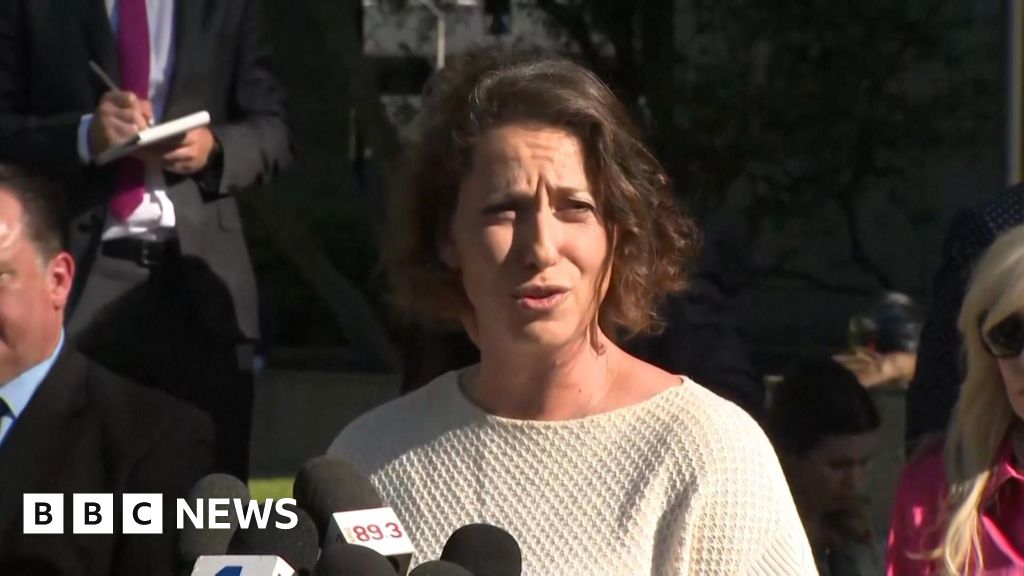Until now, not much was known about the influence that nozzle type and application volume have on weed control efficacy with remotely piloted aerial application systems (RPAASs). However, new research shows that RPAAS applications using low-drift nozzles at low spray volumes (1.0–1.5 gallons/acre) can achieve weed control levels comparable to ground sprayer applications at 10 gallons/acre in turf.
This is a key conclusion from recently published research in Weed Technology.
“With these research results, we can now provide turfgrass managers with some valuable guidelines on how to effectively manage weeds with remotely controlled, aerial drone spray technology using drift-reduction nozzles and low spray volumes,” says Muthukumar Bagavathiannan, Ph.D., a Texas A&M University agronomy professor and senior corresponding author for the study. “Overall, we found that RPAAS can be effectively used for site-specific herbicide applications in turf.”
Researchers conducted this study during 2022 at two sites in College Station, Texas, and Augusto Costa, Ph.D., a researcher with the Brazilian Agricultural Research Corporation (Embrapa Algodão, Campina Grande), contributed as the study’s first and co-corresponding author. Daniel Martin Ph.D., USDA-ARS, College Station, TX, provided aerial application technology collaboration in this research, along with other contributing researchers.
The treatments included three flat-fan nozzle-type combinations—extended range, drift guard, and air induction—and two low spray volumes, applied with a single-nozzle RPAAS. A pressurized four-nozzle boom backpack sprayer served as a check for comparison.
“Applications using the RPAAS with the drift guard and air induction nozzles at low application volumes provided similar weed control levels as from the backpack sprayer at relatively higher volume applications,” says Bagavathiannan. “As a result, we determined that RPAAS can work effectively for site-specific herbicide applications in turf.”
More information:
Augusto G.F. Costa et al, Nozzle type and spray volume effects on site-specific herbicide application in turfgrass using a remotely piloted aerial application system, Weed Technology (2025). DOI: 10.1017/wet.2025.15
Citation:
Spray drones prove effective for crabgrass management in turf (2025, April 8)
retrieved 9 April 2025
from
This document is subject to copyright. Apart from any fair dealing for the purpose of private study or research, no
part may be reproduced without the written permission. The content is provided for information purposes only.


















